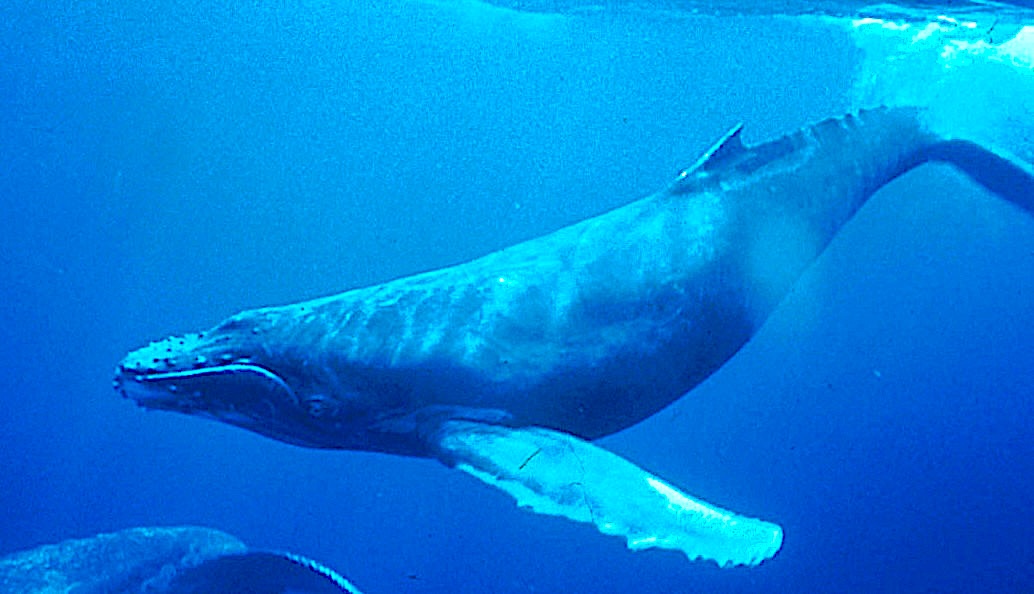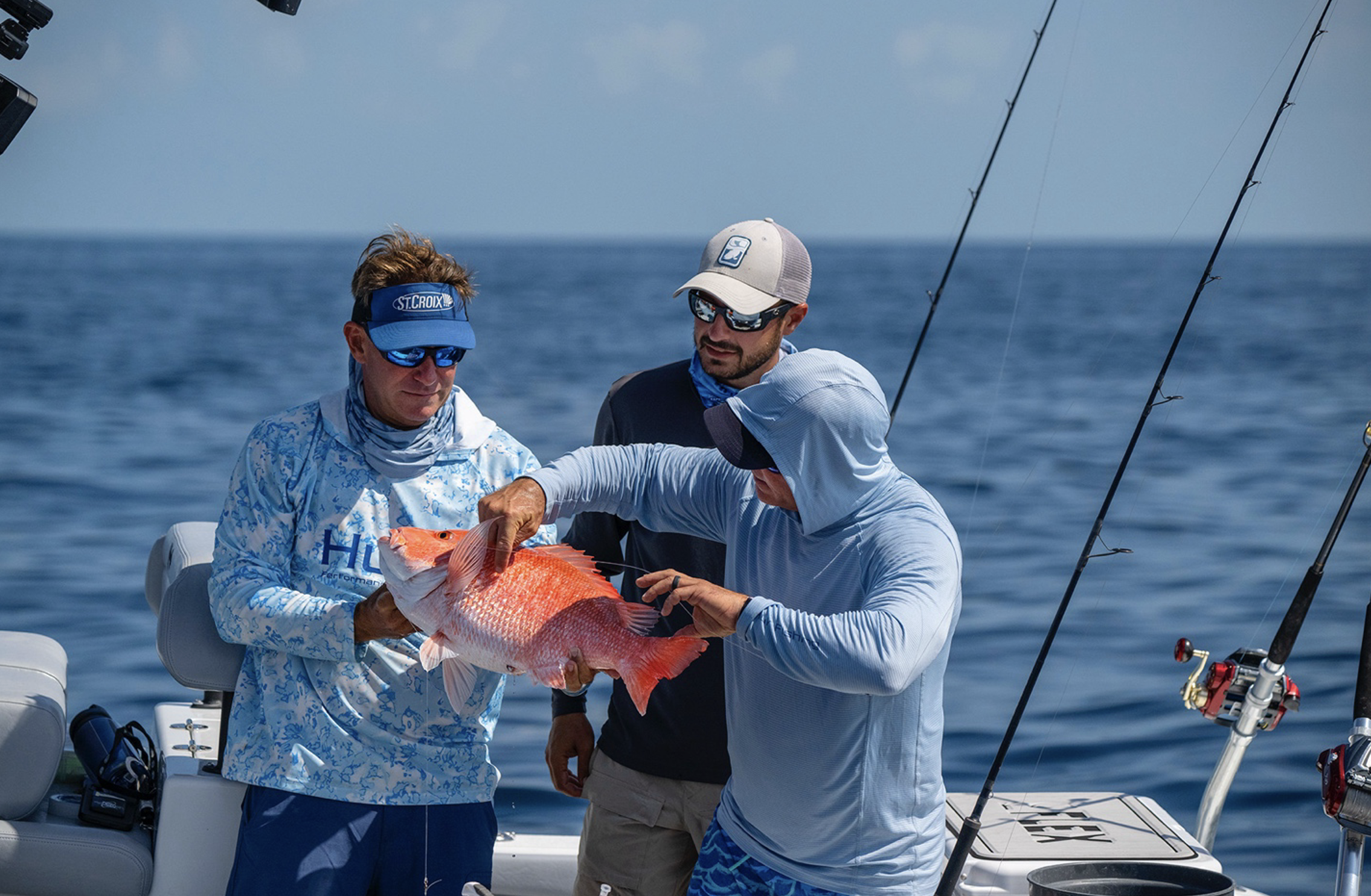Would a humpback whale pass a basic human eye test?

Some whale species may see the world differently than we assumed.
Research Need
Precise and sensitive vision is an essential feature for many species’ interactions with the environment, including finding food, a prospective mate, and more. Animals with large eyes, like whales, have the potential for great visual capacity.
Vision may be particularly important to survival for baleen whales, for instance, which sieve tiny organisms from the water using use plates of baleen, a keratin protein in their mouths similar to human hair and fingernails. Unlike toothed whales, baleen whales cannot use sound waves and echoes (“echolocation”) to determine the location, shape, and size of objects.
Scientists have completed only a handful of studies on baleen whales’ vision, and these were limited in scope. To conserve these animals, biologists need to better understand their patterns of growth, reproduction, and survival throughout all stages of life.
What did they study?
Researchers at the University of North Carolina Wilmington and Duke University focused on humpback whales (one of many species of baleen whales). Not only are humpbacks the sixth-largest animal species, but they live in all oceans around the world and hold an important ecological role.
For this study, scientists took measurements and collected samples from a euthanized male humpback whale (which was not yet an adult) after it became stranded in Thorofare Bay, North Carolina. They measured the external dimensions of the whale’s eye and pupil, then removed the retina, the most light-sensitive area of the eye, for microscopic imaging.
They examined the eye tissue image, measuring cell density and nerve length, as well as testing for light reflection and refraction. The team was trying to estimate the depth perception, resolution, and range of the whale’s vision.
What did they find?
Tests revealed lower quality of vision than the team initially expected, given the eye’s size. Although low-detail information was visible up to five average whale body lengths away, high-detail information was visible only between two and four body lengths away.
These findings suggest that humpback whales can only detect large silhouettes, such as a school of prey, from afar. They do not visualize fine details except at close range.
What else did they find?
High cell densities further back in the eye suggested that whales have good peripheral vision, which likely aids in protecting calves and avoiding predators.
So what?
A leading cause of mortality for the humpback whale is entanglements with fishing gear, and these findings suggest why they avoid gear poorly.
The surprising limitations in humpback whales’ eyesight could redefine our understanding of marine mammal perception. For better management of the species’ vulnerabilities to human activity, more research can inform possible selective forces on baleen whales’ spatial vision — such as predation, foraging, habitat complexity, and open-ocean light penetration, all of which drive adaptations like specific retinal structures and/or increased visual acuity.
Reading
Bolin J, Moreno V, Johnsen S, Schweikert L. 2025. Humpback whale (Megaptera novaeangliae) visual acuity allows silhouette detection but not fine detail discrimination over ecological distances. Proceedings of the Royal Society B.292:20243101. https://doi.org/10.1098/rspb.2024.3101
Tissue collection was supported, in part, by NOAA Prescott Stranding Grant NA10NMF4390250. This work was supported by UNCW’s Center for the Support of Undergraduate Research (CSURF) Paul E. Hosier Research Fellowship.
The text from Hook, Line & Science is available to reprint and republish at no cost, but only in its entirety and with this attribution: Hook, Line & Science, courtesy of Scott Baker and Sara Mirabilio, North Carolina Sea Grant.




